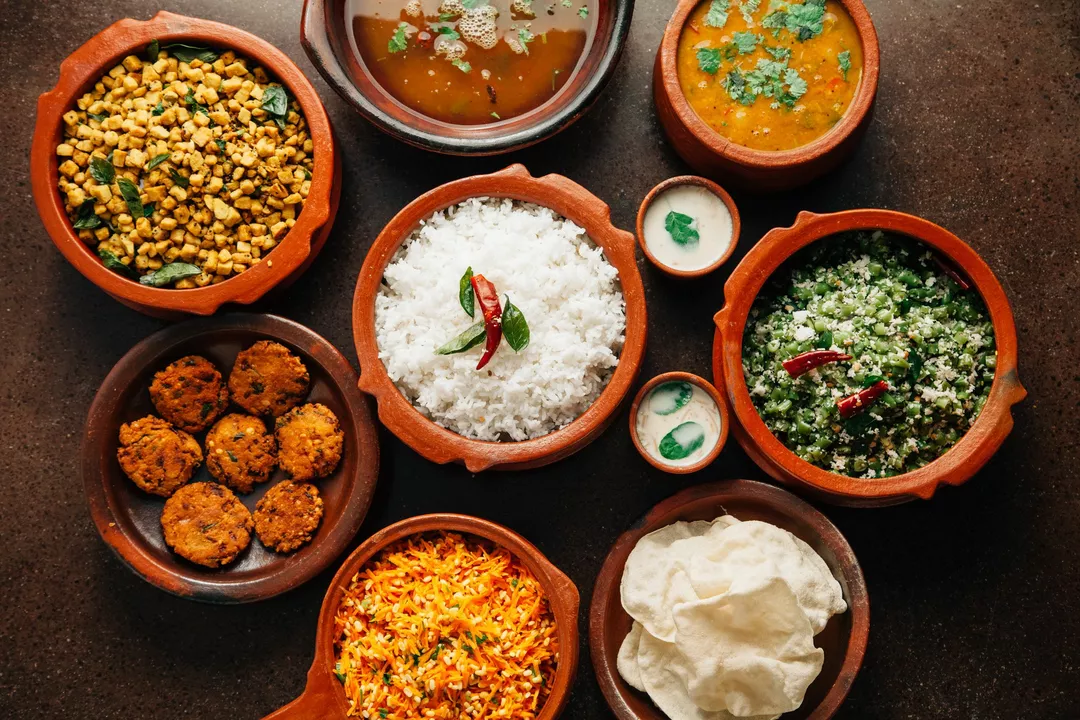Indian Food – Your Quick Guide to Flavors, Classics, and Healthier Choices
Indian food is a riot of colors, spices, and textures that can surprise anyone who tries it. From buttery parathas to fiery curries, the cuisine covers everything you can imagine. If you’re new to it, you might wonder where to start, what’s actually good for you, and how to bring those restaurant flavors home.
What Makes Indian Food Unique?
First off, Indian cooking relies on a handful of staple ingredients: rice, wheat flour, lentils, and a spice mix called “masala.” Each region has its own spin. The north loves dairy‑rich dishes like butter chicken and creamy dal, while the south leans on coconut, tamarind, and rice‑based plates such as dosa and sambar. This regional diversity means you can go from a light, tangy rasam one day to a hearty, cheese‑laden paneer tikka the next.
Spices aren’t just for heat—they add depth. Turmeric gives a golden hue and anti‑inflammatory benefits, cumin adds earthiness, and cardamom offers a sweet perfume. When you hear someone say “Indian food,” think of a balanced orchestra of flavors rather than just “spicy.”
Healthy Swaps Without Losing Taste
Many people label Indian food as heavy, but there are plenty of light options. Swap deep‑fried samosas with baked versions or mini‑patties made from chickpea flour. Choose grilled tandoori chicken over butter‑laden butter chicken; the smoky char still satisfies while cutting calories.
Load up on lentil‑based dishes like dal or chana masala. They’re packed with protein, fiber, and keep you full longer. Pair them with whole‑grain chapati instead of plain white rice for extra nutrients.
If you love flatbreads, try a multigrain paratha or a thin, crisp dosa made with fermented batter. Both give you the comforting feel of a bread without the overload of butter.
Don’t forget the power of veggies. A mixed vegetable uthappam or a simple bhindi (okra) stir‑fry can be the star of your meal. The key is to balance the plate: a protein (paneer, chickpeas, fish), a carb (rice, roti), and plenty of veggies.
Finally, watch the sauces. Cream‑heavy gravies are delicious but can be trimmed down by using yogurt, cashew paste, or tomato‑based sauces. This keeps the richness while trimming excess fat.
Whether you’re craving a quick snack or planning a full dinner, Indian food offers something for every palate and lifestyle. Start with a simple dal, experiment with spices, and gradually add healthier twists. You’ll soon discover that Indian cuisine isn’t just about indulgence—it’s a versatile, flavorful way to eat well.

Is Indian food popular in USA?
- Date: 10 May 2023
- Categories:
- Author: Aarav Khatri
As a food enthusiast, I've noticed that Indian food has indeed gained popularity in the USA. The diverse and rich flavors have captured the American palate, resulting in a growing number of Indian restaurants across the country. Indian dishes like curry, naan, and biryani have become favorites for many Americans, and even fusion cuisine is on the rise. The demand for authentic Indian spices and ingredients has also increased, making them more accessible in local grocery stores. Overall, it's exciting to see Indian food becoming a beloved part of the American culinary scene.




